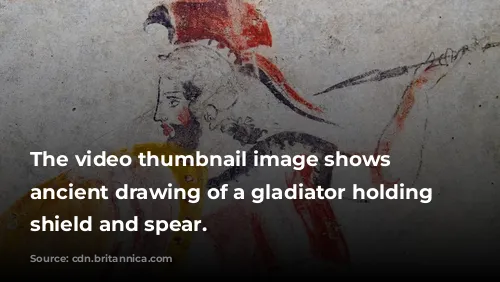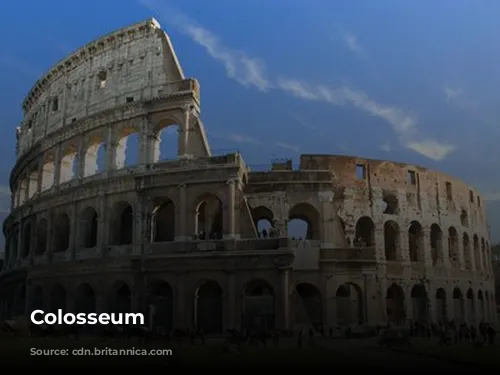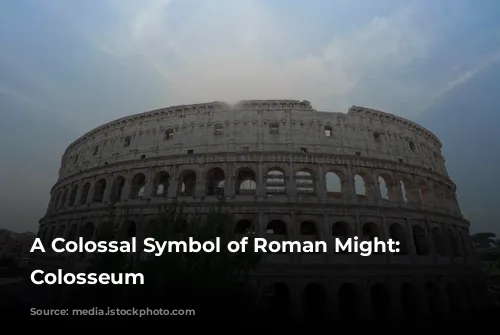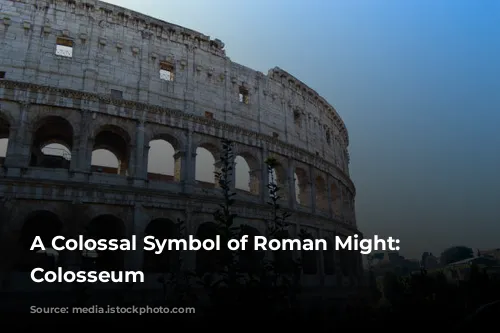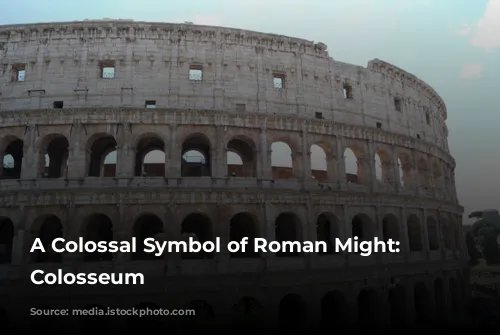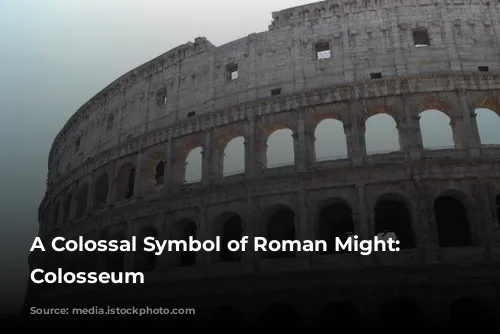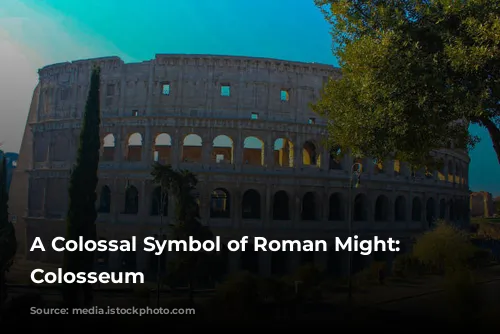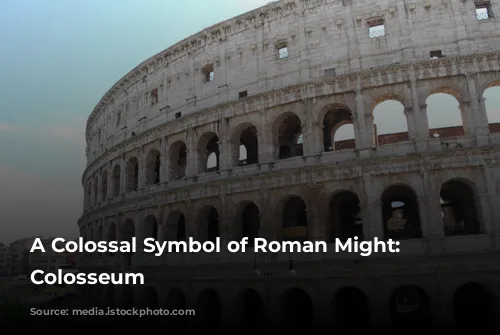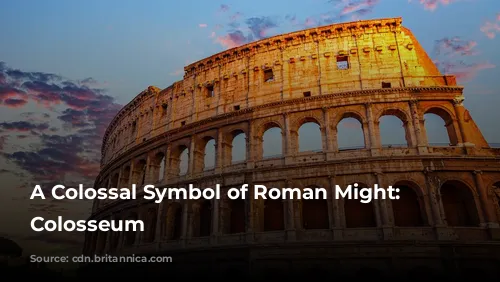The Colosseum, a majestic testament to the architectural and engineering genius of ancient Rome, stands today as one of the few surviving structures from that era. Not only is it a monument to Roman history, but also a significant source of revenue for the Italian government. In 2018 alone, the Colosseum, along with the Roman Forum and Palatine Hill, attracted millions of tourists, generating over $63.3 million (€53.8 million) in revenue, making it the most popular tourist destination in Italy.
This ancient marvel has seen it all. Following the decline of the Western Roman Empire, the Colosseum fell into a state of disrepair. During the 12th century, the Frangipane and Annibaldi families transformed it into their fortress. In the late 15th century, Pope Alexander VI even allowed the Colosseum to be used as a quarry. After centuries of neglect, state-funded restoration efforts began in the 1990s, breathing life back into this historical gem.
A Spectacle for the Masses: The Colosseum’s Purpose
The Colosseum was built during the reign of the Flavian emperors, a period of revitalization for Rome after the tumultuous year known as the “Year of the Four Emperors” in 69 CE. Emperor Vespasian envisioned the Colosseum as a grand entertainment venue for the Roman people. It hosted a variety of spectacles, including gladiator fights, animal hunts, and even mock naval battles, designed to captivate and enthrall the masses.
Construction of the Colosseum began under Emperor Vespasian between 70 and 72 CE. The completed structure was dedicated in 80 CE by his son and successor, Titus. The Colosseum’s fourth story was added by Emperor Domitian in 82 CE. Interestingly, the construction of this colossal monument was financed by the spoils of war, specifically from the sack of Jerusalem in 70 CE, and built by enslaved Jews from Judea. The Colosseum stands as a stark reminder of the power dynamics and injustices of the Roman Empire.
An Architectural Masterpiece: The Colosseum’s Design
The Colosseum, also known as the Flavian Amphitheatre, is an elliptical structure built of stone, concrete, and tuff. It stands four stories tall, measuring an impressive 620 by 513 feet (189 by 156 meters). This colossal structure could accommodate as many as 50,000 spectators, making it a massive stage for the thrilling performances that took place within its walls. The Colosseum was famously used for gladiatorial combat, a popular form of entertainment in ancient Rome.
Located just east of the Palatine Hill, on the grounds of Nero’s Golden House, the Colosseum replaced the artificial lake that was once the centerpiece of the palace. This decision was as symbolic as it was practical. Vespasian, whose rise to power was humble, chose to replace the tyrannical emperor’s private lake with a public amphitheater, a testament to his commitment to the people of Rome.
A Monument of Power and Entertainment: The Colosseum’s Structure
The Colosseum is a marvel of engineering, a freestanding structure of stone and concrete, unlike earlier amphitheaters that were often built into hillsides for added support. Its construction involved a complex system of barrel and groin vaults. The Colosseum’s three lower stories are adorned with arcades, framed by engaged columns in the Doric, Ionic, and Corinthian orders. This arrangement of columns became a cornerstone of Renaissance architecture, influencing the design of countless buildings throughout history.
The main structure and facade were built with travertine stone, while volcanic tufa was used for the secondary walls. The inner bowl and arcade vaults were made of concrete, demonstrating the Romans’ mastery of building materials and construction techniques.
A Stage for Spectacles: The Colosseum’s Features
The Colosseum was designed with the comfort and enjoyment of its spectators in mind. The arena boasted a massive retractable velarium (awning), shielding the audience from the scorching sun. Supporting masts extended from corbels built into the Colosseum’s top story, and hundreds of Roman sailors were responsible for manipulating the rigging that extended and retracted this impressive awning.
The Colosseum hosted a wide range of spectacles, from hand-to-hand combat between gladiators, to contests between men and animals, and even mock naval battles. While its use for the martyrdom of early Christians is uncertain, the Colosseum remains a symbol of ancient Roman power and entertainment.
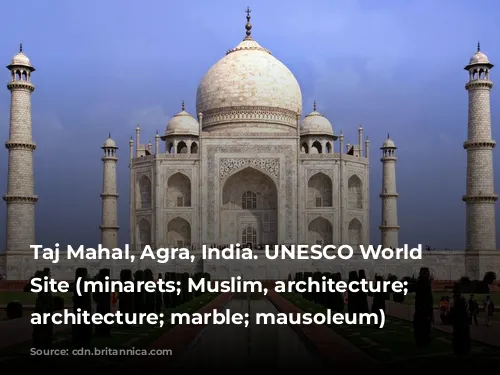
A Survivor Through Time: The Colosseum’s Legacy
In medieval times, the Colosseum was repurposed, first as a church, and later as a fortress by the powerful Frangipane and Annibaldi families. The Colosseum, however, suffered damage from lightning, earthquakes, vandalism, and pollution over the centuries. The once-glorious marble seats and decorative materials were stripped away, leaving the structure bare and neglected.
The Colosseum was treated as a quarry for over a thousand years, a testament to the cyclical nature of time and the ebb and flow of history. However, in the 19th century, preservation efforts began in earnest, led by Pope Pius VIII. A major restoration project was launched in the 1990s, breathing new life into this ancient landmark.
Today, the Colosseum stands as one of Rome’s most iconic attractions, attracting millions of visitors each year. Regular exhibitions showcasing the culture of ancient Rome bring the past to life, reminding us of the enduring legacy of this architectural marvel. The Colosseum continues to inspire awe and wonder, serving as a powerful reminder of the grandeur and complexity of the Roman Empire.
